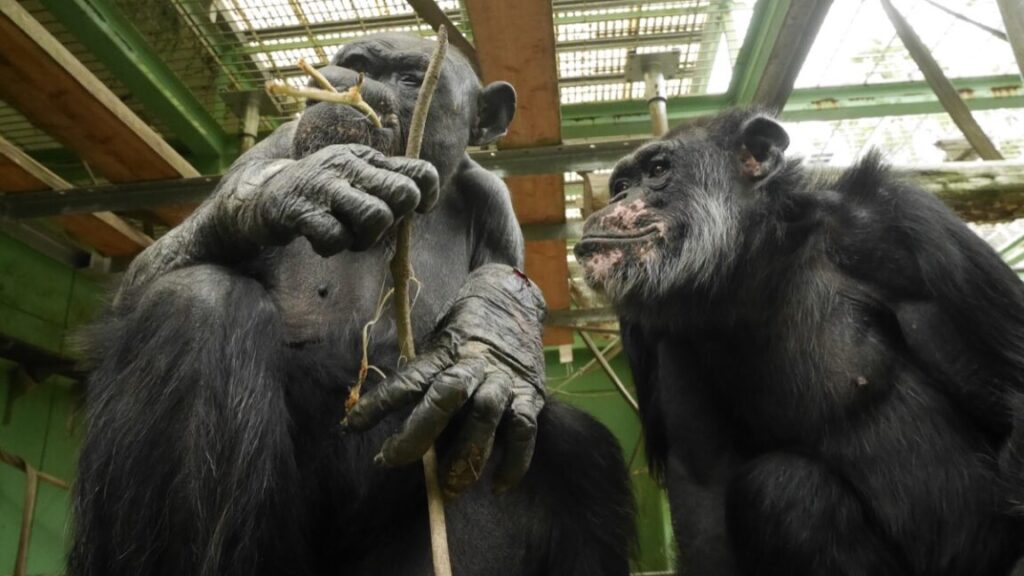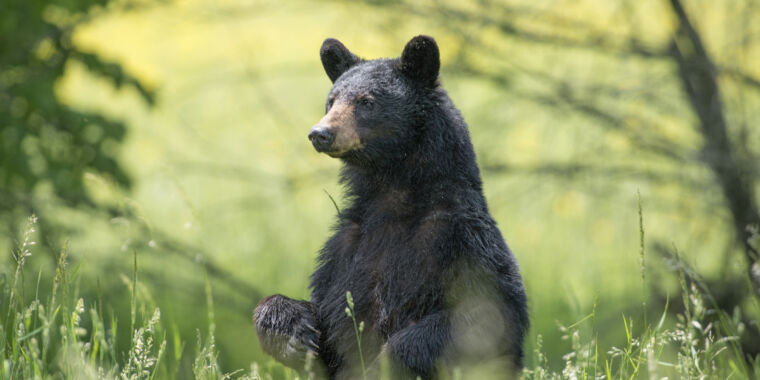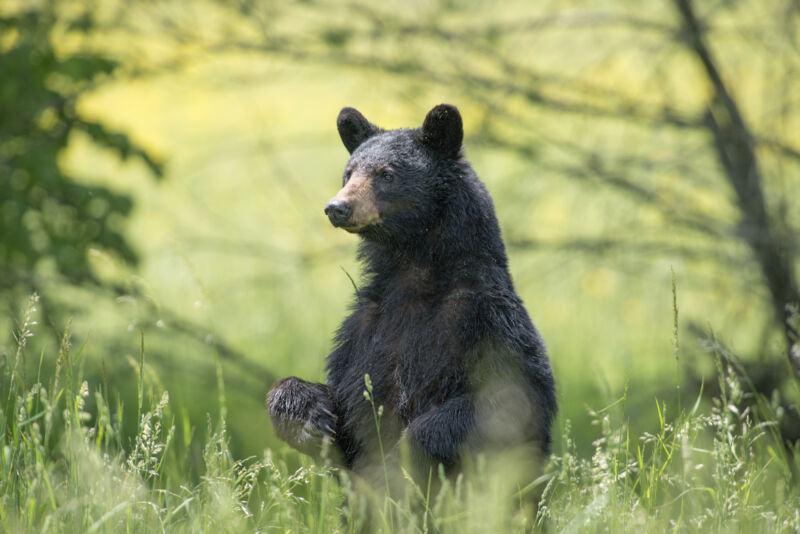That time Will Smith helped discover new species of anaconda
In 2024, scientists announced the discovery of a new species of giant anaconda in South America. A National Geographic camera crew was on hand for the 2022 expedition that documented the new species—and so was actor Will Smith, since they were filming for NatGeo’s new documentary series, Pole to Pole with Will Smith. Now we can all share in Smith’s Amazon experience, courtesy of the three-minute clip above.
Along with venom expert Bryan Fry, we follow Smith’s journey by boat with a team of indigenous Waorani guides, scouring the river banks for anacondas. And they find one: a female green anaconda about 16 to 17 feet long, “pure muscle.” The Waorani secure the giant snake—anacondas aren’t venomous but they do bite—so that Fry (with Smith’s understandably reluctant help) can collect a scale sample for further analysis. Fry says that this will enable him to determine the accumulation of pollutants in the water.
That and other collected samples also enabled scientists to conduct the genetic analysis that resulted in the declaration of a new species: the northern green anaconda (Eunectes akayama, which roughly translates to “the great snake”). It is genetically distinct from the southern green anaconda (Eunectes murinus); the two species likely diverged some 10 million years ago. The northern green anaconda’s turf includes Venezuela, Colombia, Suriname, French Guyana, and the northern part of Brazil.
Local Waorani guides subdue a giant green anaconda YouTube/National Geographic
Smith’s time in the Amazon also brought the arachnophobic actor face to face with a giant tarantula while scientists extracted the venom. His further adventures brought him to the South Pole, where he trekked across frigid ice fields; to the Himalayas, where he trekked to a small village in Bhutan; to the Pacific Islands to record a lost native language; to the Kalahari desert, where he joined the hunter-gatherer San people on a hunt; and to the North Pole, where he joined an expedition to dive under the ice to collect scientific samples.
Pole to Pole with Will Smith premieres on January 13, 2026, and will stream on Disney+ the following day.
Credit: National Geographic
That time Will Smith helped discover new species of anaconda Read More »




